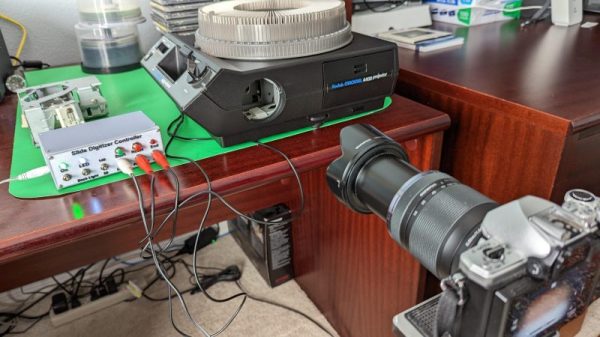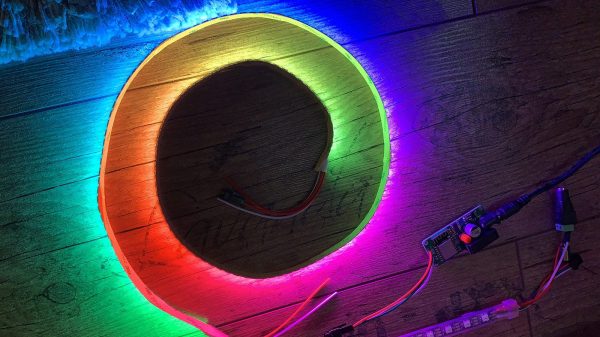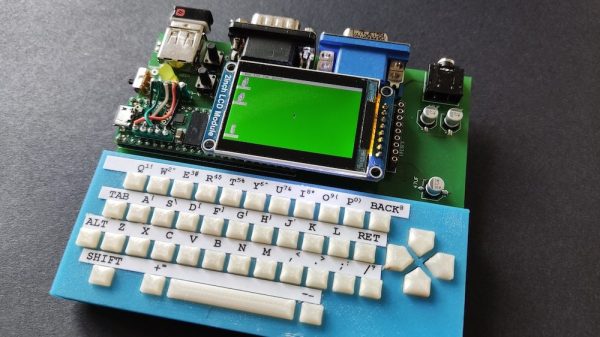The airplane that many called “the flying barrel” is also widely considered the ugliest plane ever built. However, [Dark Skies] in the video you can see below argues that the Stipa-Caproni was the direct predecessor of the turbofan engine. Either way, it is an interesting and unique part of aviation history.
The plane was built in the days when inventors were experimenting with many different ways to improve aircraft utility and performance. In this case, the inventor built an “intubated propellor” which used a prop to draw air through a venturi tube in an effort to improve engine efficiency. The 570kg vehicle had a wingspan of just over 14 meters and was a bit more than 6 meters long. It could reach about 72 knots and climb to over 3 km.
Continue reading “Ugliest Airplane Ever Built Predicted The Future”


















